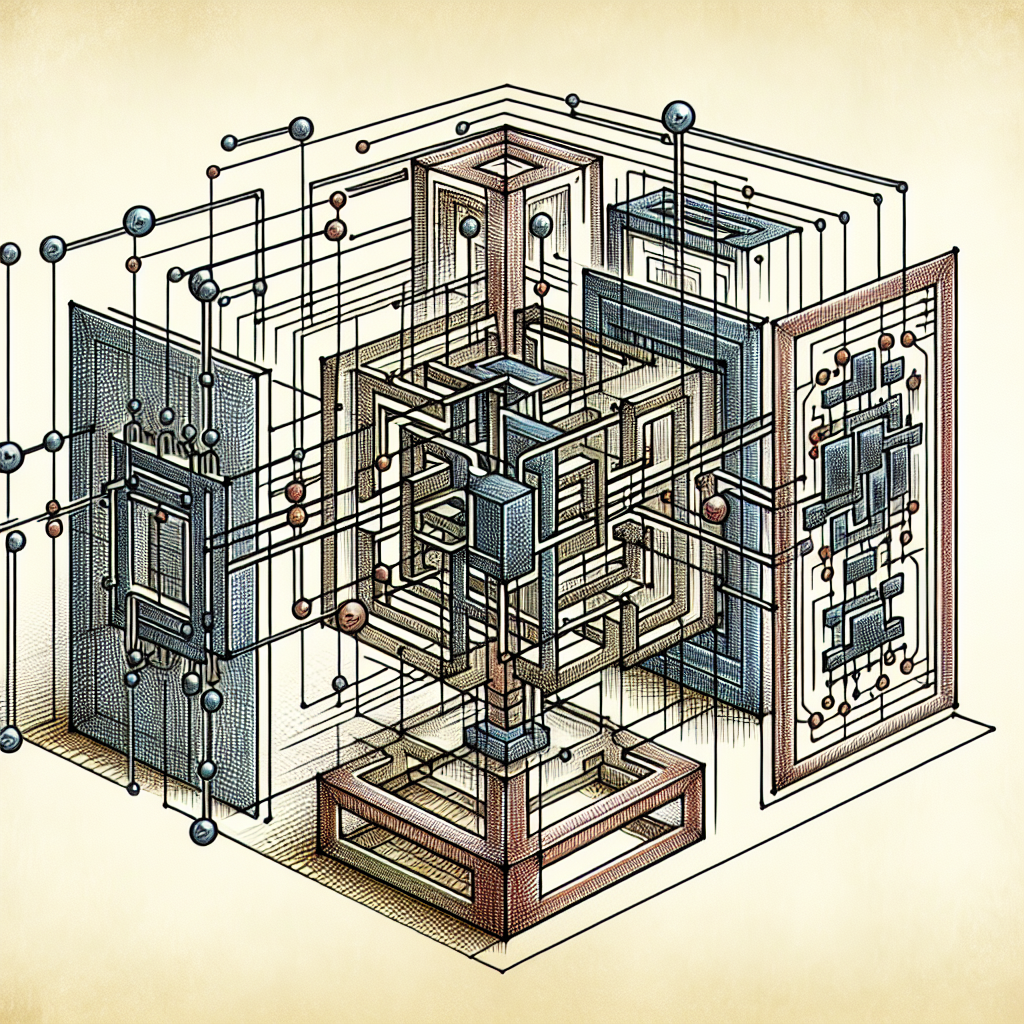In recent years, advanced sequence models with gated architectures have become increasingly popular in the field of machine learning. These models, which include Long Short-Term Memory (LSTM) and Gated Recurrent Units (GRU), have shown remarkable performance in tasks such as language modeling, machine translation, and speech recognition.
One of the key features of gated architectures is their ability to capture long-range dependencies in sequential data. Traditional recurrent neural networks (RNNs) often struggle with this task due to the vanishing gradient problem, which leads to difficulties in learning long-term dependencies. Gated architectures address this issue by introducing gating mechanisms that regulate the flow of information through the network.
LSTM, one of the most well-known gated architectures, consists of three gates: the input gate, forget gate, and output gate. These gates control the flow of information by selectively updating the cell state and hidden state at each time step. This allows LSTM to remember important information over long sequences and make more accurate predictions.
GRU, on the other hand, simplifies the architecture of LSTM by combining the input and forget gates into a single update gate. This reduces the number of parameters in the model and makes it more computationally efficient. Despite its simpler design, GRU has been shown to perform on par with LSTM in many sequence modeling tasks.
Building advanced sequence models with gated architectures requires careful design and tuning of hyperparameters. Researchers and practitioners need to consider factors such as the number of layers, hidden units, and learning rate to optimize the performance of the model. Additionally, training large-scale sequence models with gated architectures can be computationally intensive, requiring powerful hardware such as GPUs or TPUs.
In conclusion, gated architectures have revolutionized the field of sequence modeling by enabling the capture of long-range dependencies in sequential data. LSTM and GRU have become go-to choices for tasks such as language modeling, machine translation, and speech recognition. Building advanced sequence models with gated architectures requires a deep understanding of the underlying principles and careful optimization of hyperparameters. As the field continues to evolve, we can expect further advancements in gated architectures and their applications in various domains.
#Building #Advanced #Sequence #Models #Gated #Architectures,recurrent neural networks: from simple to gated architectures

Leave a Reply